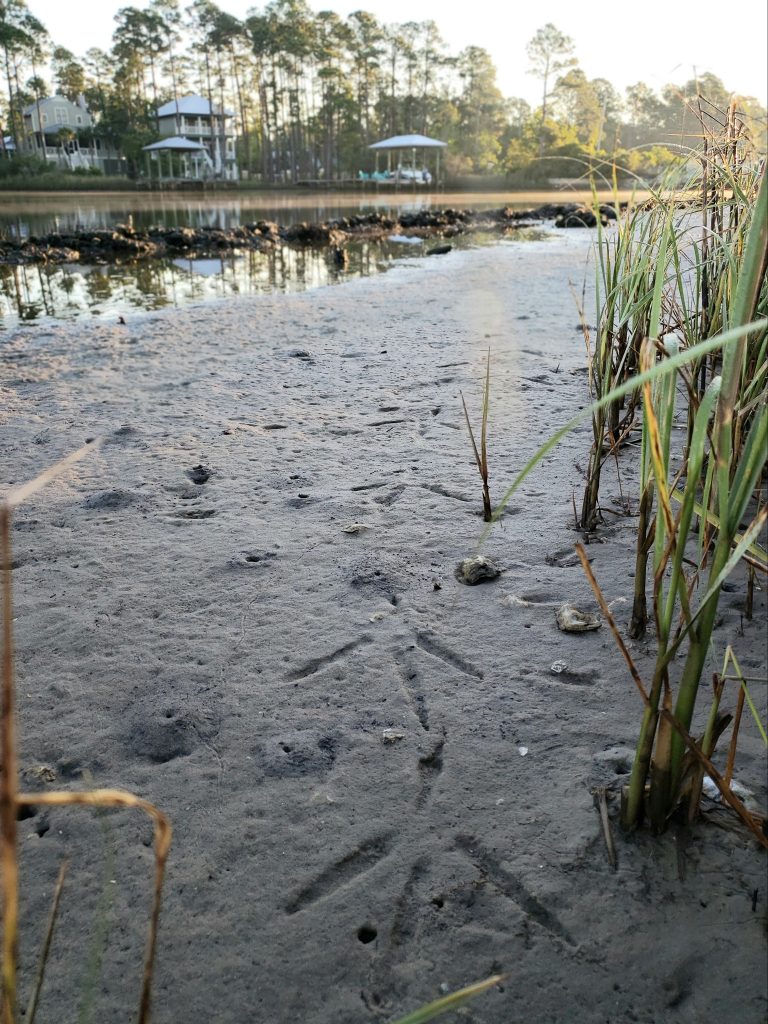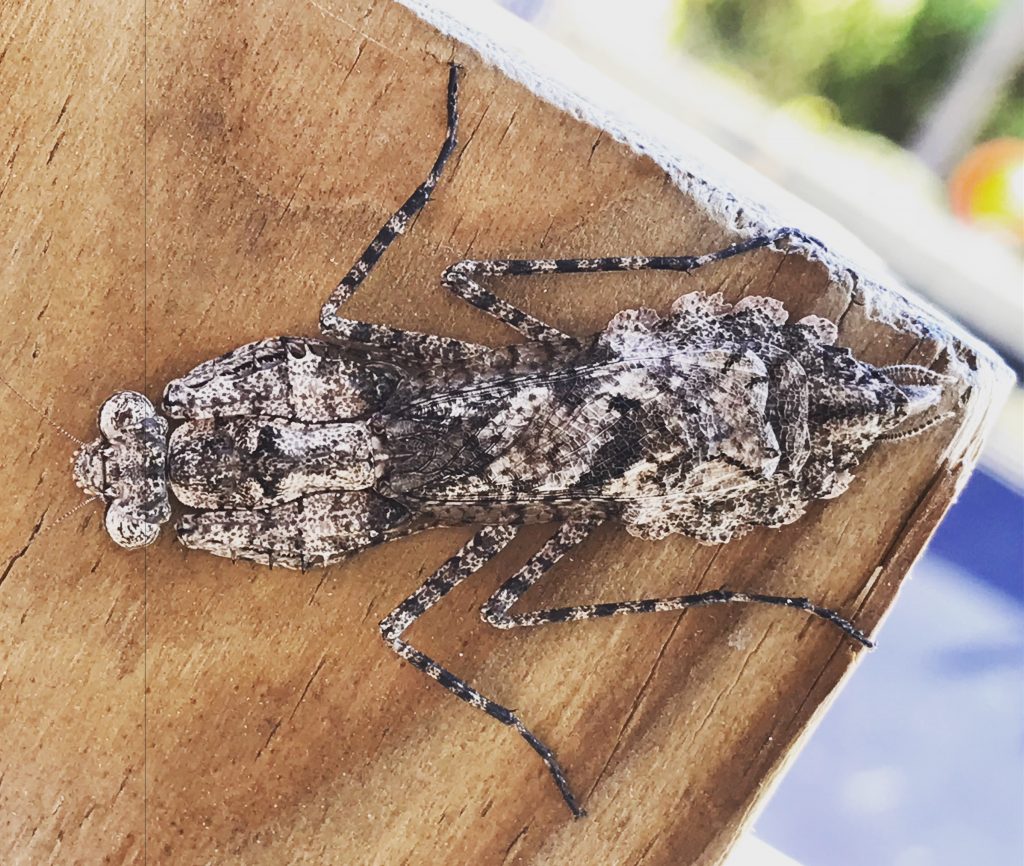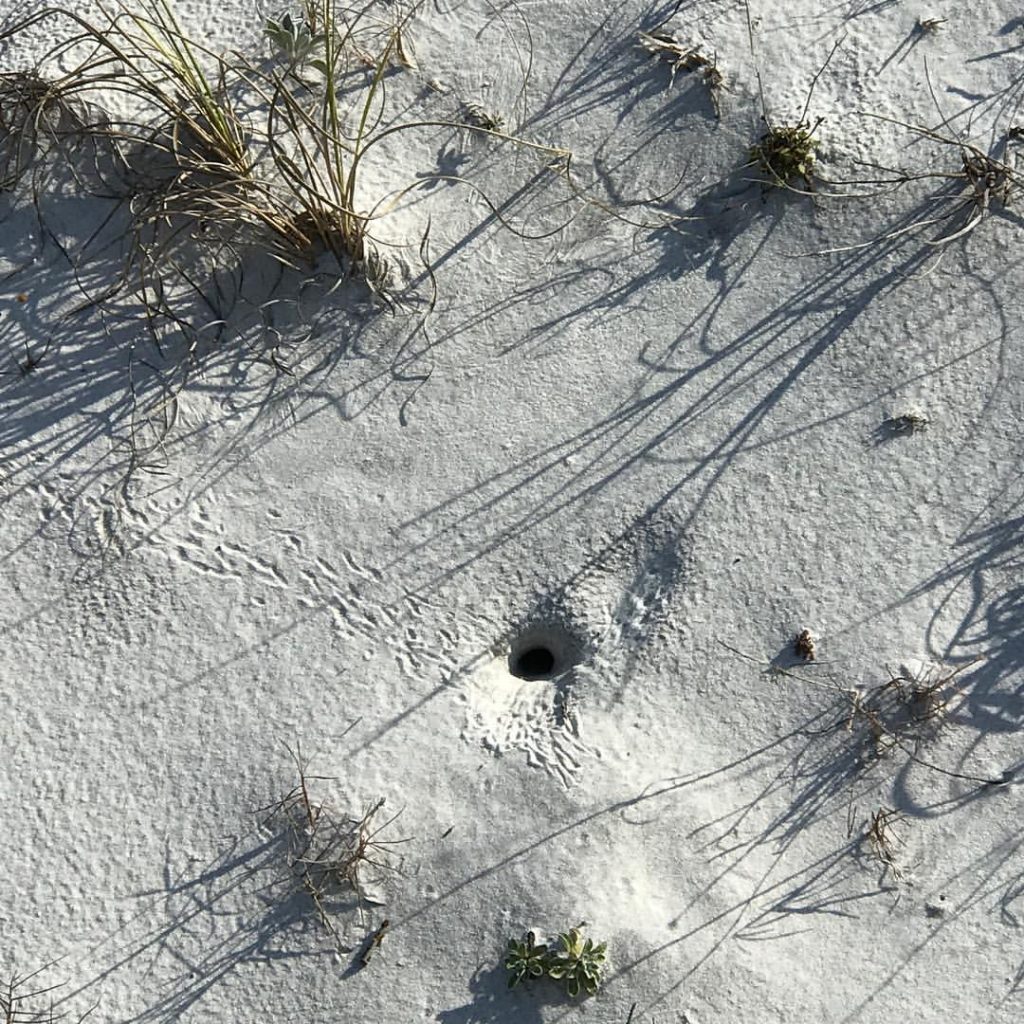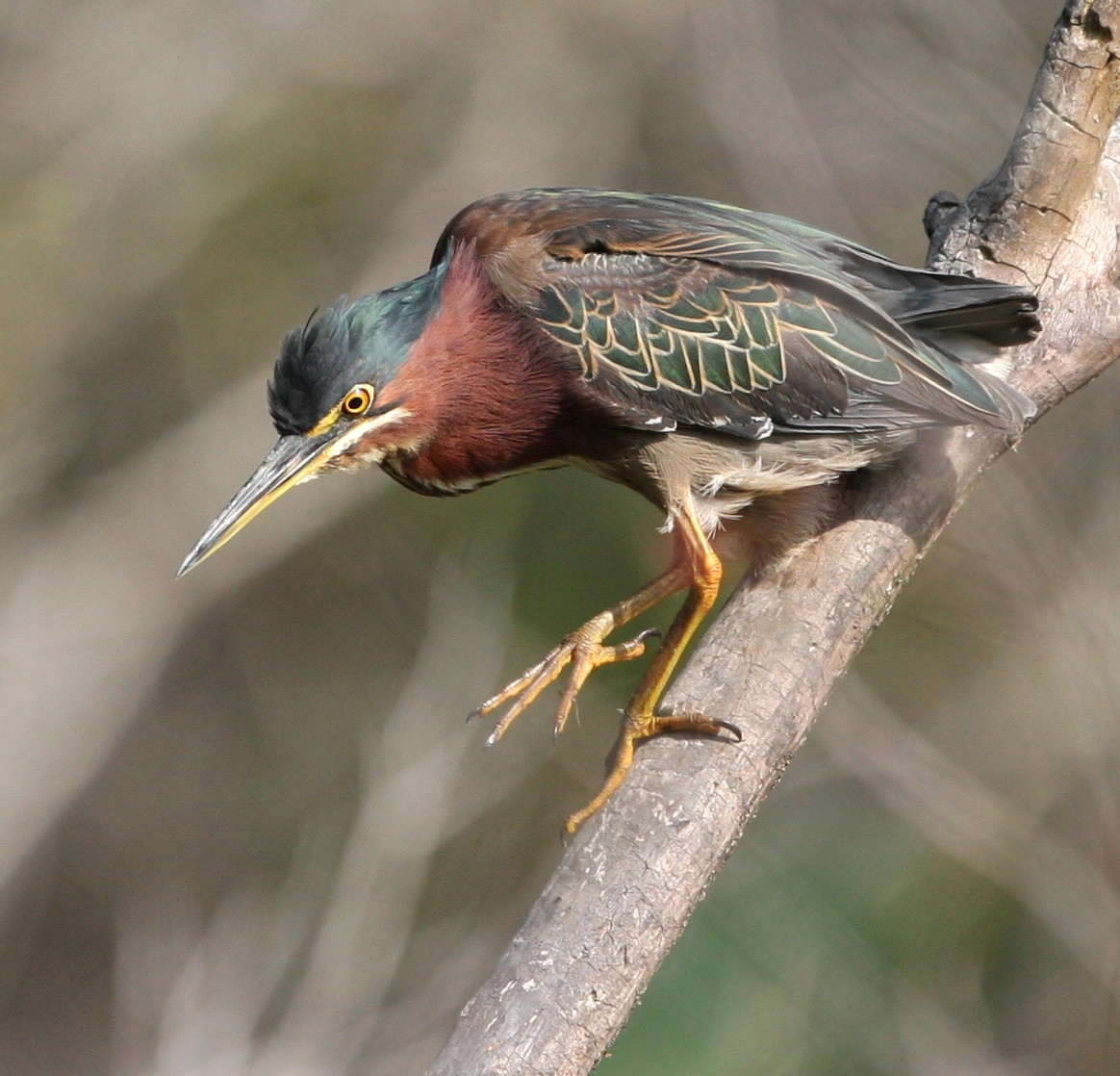What can you find in your backyard? Life! From the smallest critters burrowing in your garden soil to the apex predators flying overhead, our world is full of surprises; all you must do is look carefully.
Finding and observing animals in the wild is an art of knowledge, concealment and patience that involves all the senses.
Simon King
Get Up Early - Suitable times to observe most animals are early morning and early evening. Cloudy days are also excellent for observing wildlife!
Stay Downwind - If you can, face into the wind when looking for wildlife. Many animals have a keen sense of smell; the wind can carry your scent and scare them off. Don't wear perfume, scented shampoo, or lotion. Animals will pick up your scent!
Be Prepared - If you have a field guide, bring it with you to identify the animals you see. Dress appropriately for the weather and area you're exploring! Bring a notebook and something to write with to record what you see.
Be Quiet - Make as little noise as possible and listen! You often hear wildlife before you see it. Move slowly and silently!
Be Patient - Find a comfortable place to settle in and be prepared to look, listen, and wait.
Pick a Good Spot - Know what you are looking for and where and when you are most likely to find it. Always ask permission before going onto private property.
Respect Wildlife- Keep your distance from wildlife! Never follow wild animals or try to approach them, and never feed wild animals. If you want a close-up look at wild animals, bring a pair of binoculars with you!
Keep your eyes on an area for more than a few seconds. You may miss an animal if you look away too quickly.
Most animals have variations of camouflage to help blend into their environment. Look for movement, color contrasts, or shape changes that might signal an animal's presence.
Check for animal tracks or signs like scat (animal droppings); broken, stripped or gnawed branches; and stripped bark.
Sometimes looking isn't enough, remember to listen for sounds of animals! Rustling leaves, crackling branches, and bird calls can all signal the presence of an animal!





Birds are the simplest animals to observe in the wild! Here are some basic bird watching tips.




Photos by Walt Spence
Connect with Nature - Explore and share your observations of the natural world
Record your observations, share with fellow naturalists, and discuss your findings!
Add your photos to our CBA Watershed Project!
The world’s largest biodiversity-related citizen science project, with over 100 million bird sightings contributed each year
Citations:

